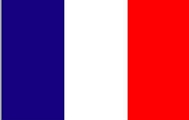 |
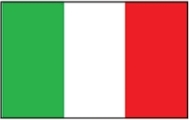 |
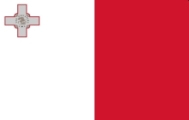 |
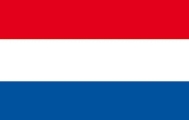 |
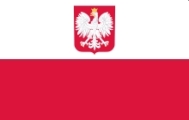 |
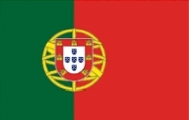 |
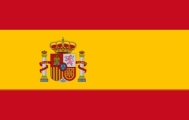 |
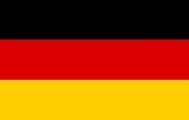 |
FR |
IT |
MT |
NL |
PL |
PT |
ES |
DE |
Berlin - Volkspark Jungfernheide
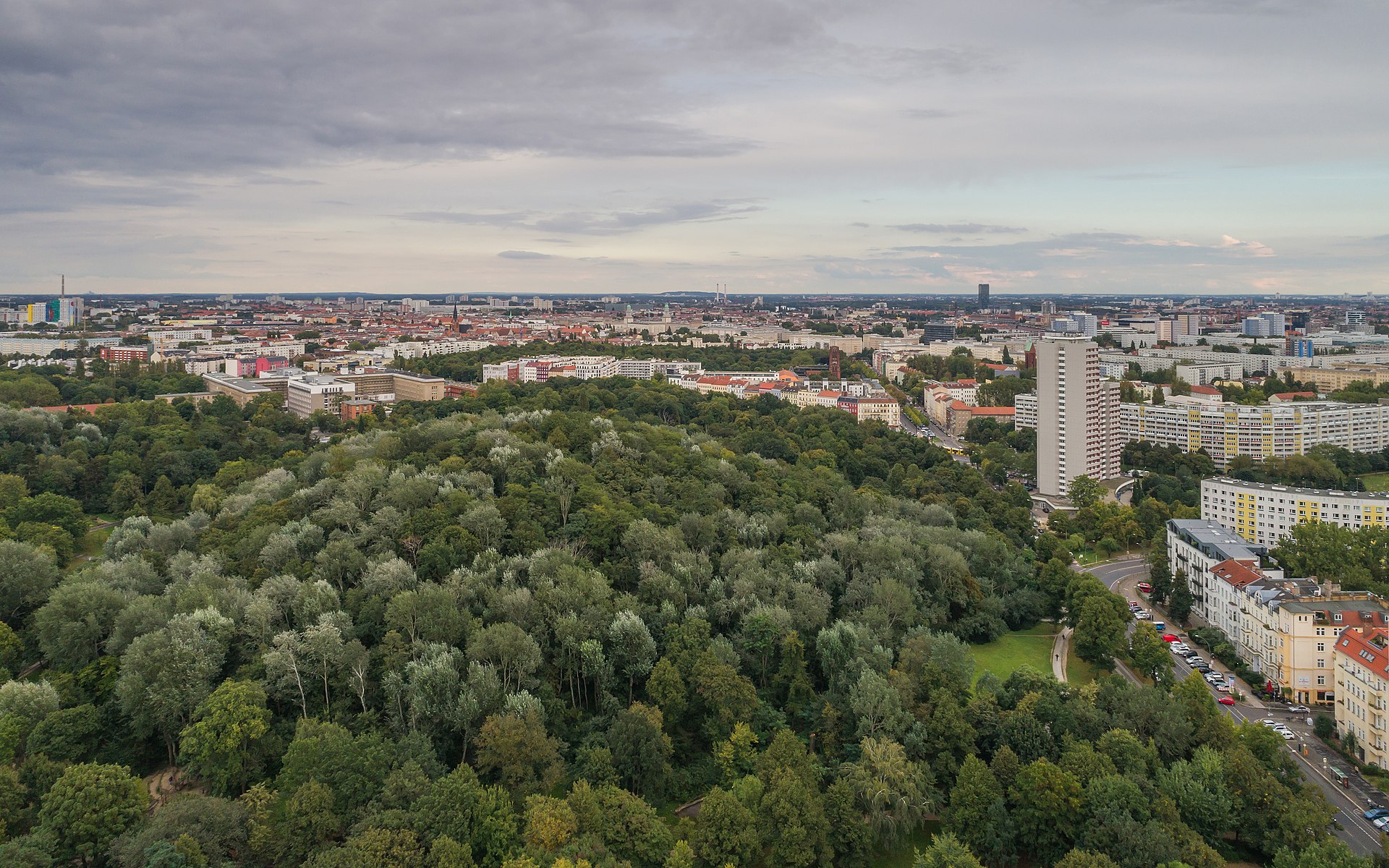
Airphoto of Volkspark Friedrichshain
– WikipediaVolkspark Jungfernheide in Charlottenburg is the second largest Park in Berlin and is home to a climbing park and Jungfernheide Beach bathing. "Volkspark" is a popular oasis, and in addition to a sports complex for beach volleyball, climbing, skateboarding, the park also has several playgrounds, many open areas for sunbathing, a pond, tennis courts, a wading pool and a restaurant. There are also paths suitable for both jogging and cycling in various levels of difficulty, and in the winter months a toboggan run is opened.

The fairytale fountain Märchenbrunnen in Volkspark Friedrichshain
The Märchenbrunnen - the Fairy Tale Fountain - largely survived the devastation of World War II. It was designed in 1913 by Berlin's city planning director, Ludwig Hoffmann, and features a fountain with 106 stone sculptures representing characters from traditional German fairy tales. The fountain was created for Berlin's children when rickets and typhus were raging. The war had a dramatic impact on the rest of the park, when the military used it and not least when flak towers and bunkers were built in 1941. As a result of this, a very large part of the park was destroyed by Allied bombing.
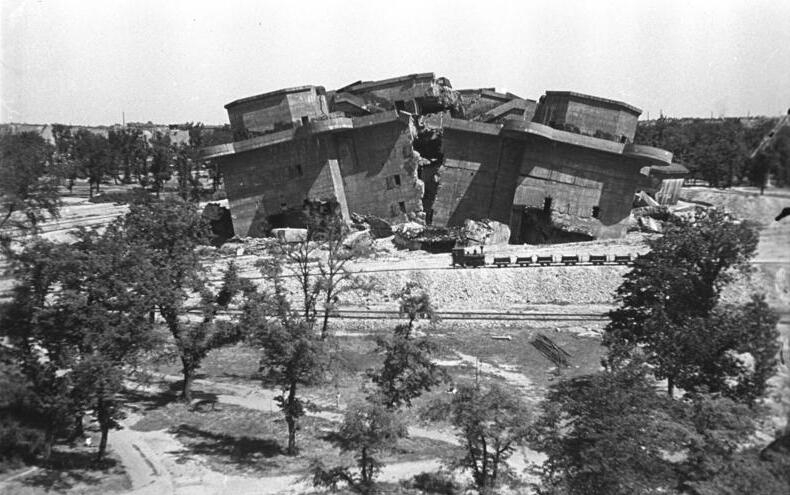
The destroyed "flakturm" in Volkspark Friedrichshain
After the war, the park was rebuilt by the German Democratic Republic (GDR) and two small artificial mountains were created from the rubble from the bombed city. In 1946, the bunkers were blown apart, filled and covered with over two million cubic meters of rubble from the ruins of destroyed buildings. The larger of the two hills became known as both "Mont Klamott" and "Großer Bunkerberg" - the "high bunker mountain" which is 78 meters high and the smaller hill, "Kleiner Bunkerberg", the "little bunker mountain" which has a height of 48 meters.
Adress:
Friedenstraße, Danziger Straße or Landsberger Allee,
Distance:
On foot from Alexanderplatz via Otto-Braun Str. to Friedenstraße 1.3 km. Duration approx. 18 m.
By bus 200 from Alexanderplatz to Bötzowstr. 1.3 km. Duration approx. 13 m.
Link:
Berlin is always worth a visit - summer or winter - but where to go? Here are some slightly unusual and very different suggestions for places I like to go.
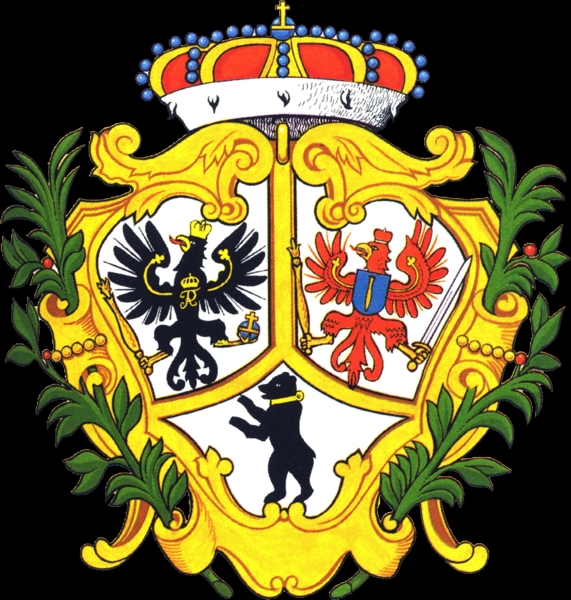
Berlins våbenskold ca. år 1700
Berlins våbenskold ca. år 1700